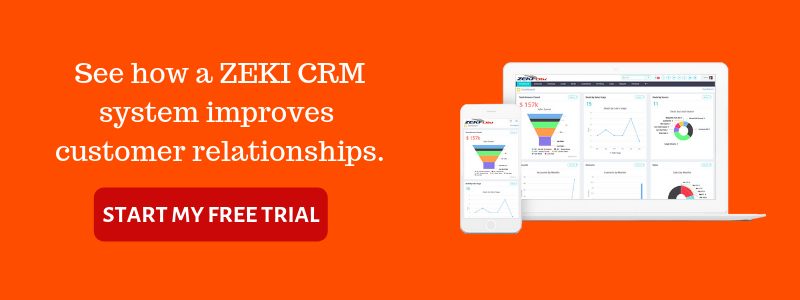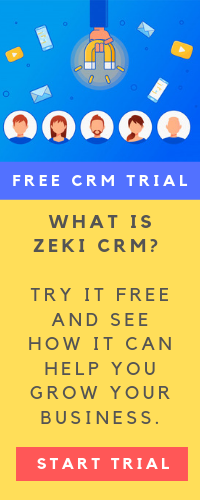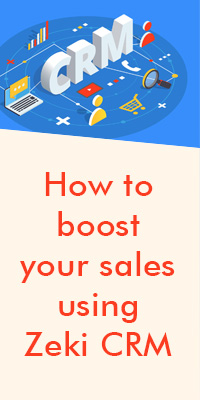Your Sales team closed a deal. You are still worried. Why?
Your sales team closed a huge deal. Celebration is in order. Take them out for drinks and give them adequate bonuses. What happens after closing a deal? Do you see lack of visibility of the next closure. The deal your team closed today may be culmination of their efforts over many months. What happened to other leads which came in while they were working on this deal? Were they ignored? What would have happened if this deal was not closed? Would the team than had started all over working on a new deal and taken more months under pressure to close it?
These are some of the dilemmas and issues being faced by all organisations. One major reason for that is they measure performance by looking at sales done or deal closed during a time period. It is more often than not a difficult concept for managers to understand that if they focus on moving leads faster on the value chain , they will not have to chase sales numbers every quarter.
Pipelines are cr*p for predicting the future. Pipeline for This Month is useful, but still dependent on how various reps get probability right. Pipeline for Next Quarter is almost useless for most SaaS start-ups, even once you get pretty big. And actual sales are a lagging indicator … they reflect leads from the past, qualified, managed, and then closed over a 12+ month period. Even if your sales cycle is short, how long ago was the lead first created? Probably over a year. The sales you get this month are really the sales you began to create over a year ago. – Jason Lemkin, SaaStr
What is the solution?
A metric for measuring this journey of a lead is Lead Velocity Rate.
You may receive lead from various sources. It could be a marketing event, social media, digital marketing, cold calls etc. Lead in itself does not have any value till it becomes a qualified lead which essentially means that there is a requirement which you can fulfil. The speed with which a lead can be converted into a qualified lead determines the sales success of your company.
Given that qualified leads are very important, Lead Velocity Rate is calculated as follows:

How to use the Lead Velocity Rate (LVR)?
You have to set a goal for LVR. This goal cannot be set in isolation with your sales targets. There are several scenarios where this metrics become very important.
If you approaching a new market or launching a new product, It is very important to set monthly goals for increase LVR till you achieve the targeted sales figure from that market of from that product.
If you are approaching off season, increase the LVR target and supporting roles 2-3 months in advance to set-off the fall in sales.
To arrive at an adequate marketing spend, you have to use LVR as a benchmark. If LVR is falling, then increase the marketing spend till you reach the required Lead flow.
Why is CRM important for LVR?
Since you will receive leads from various sources they have to be received at one place and allocated to right resources so that they can be followed up in time to cut short their journey to convert into qualified leads.
A CRM helps you do that. Also with a good CRM, your sales team can capture each stage of lead conversion so as to accurately calculate and monitor the lead velocity rate and adjust your marketing spend and sales efforts to achieve the set goals.




